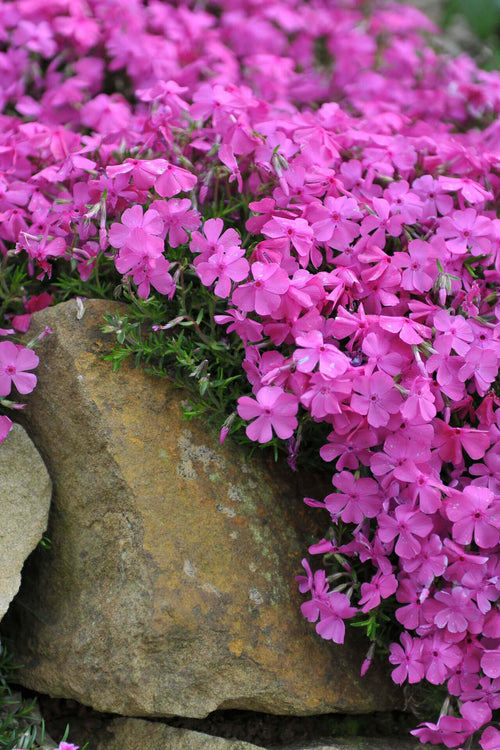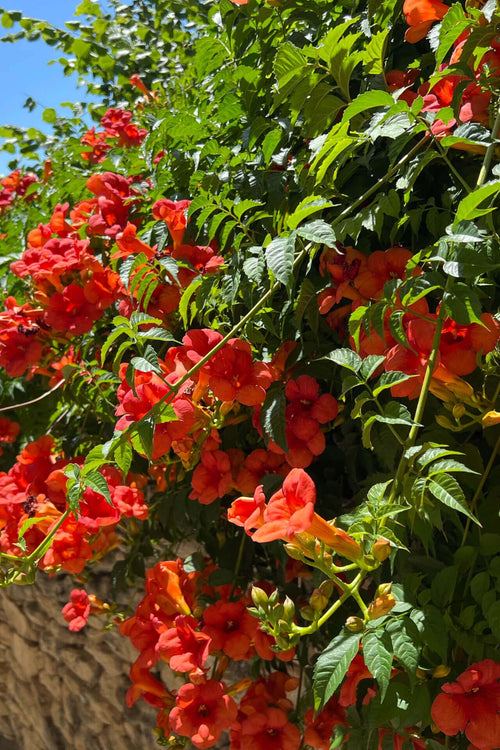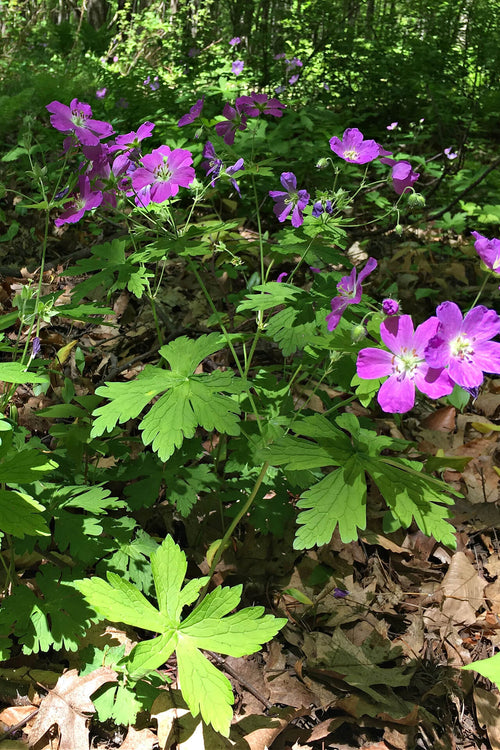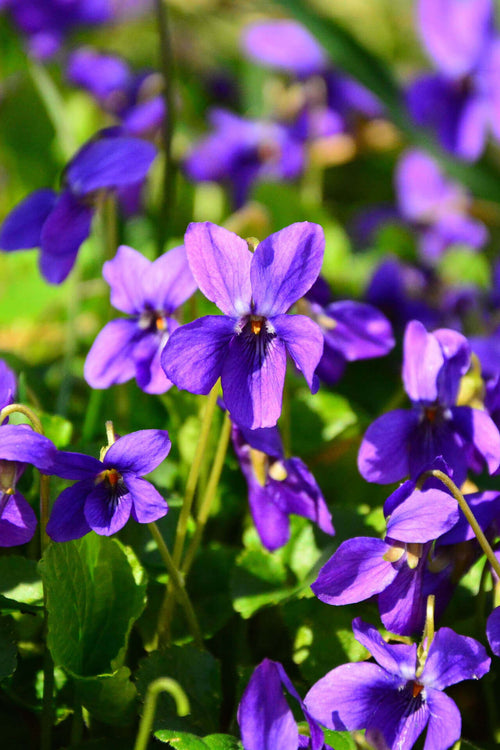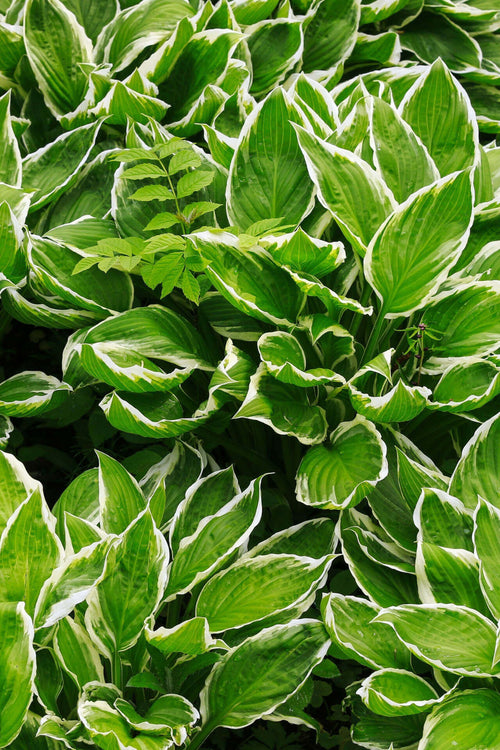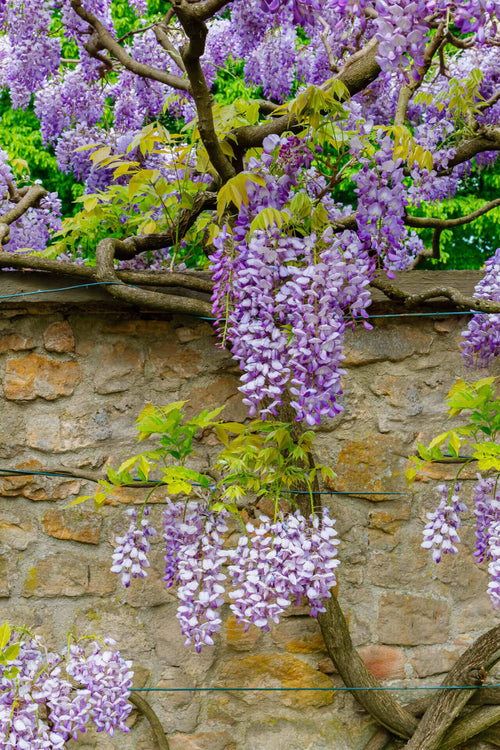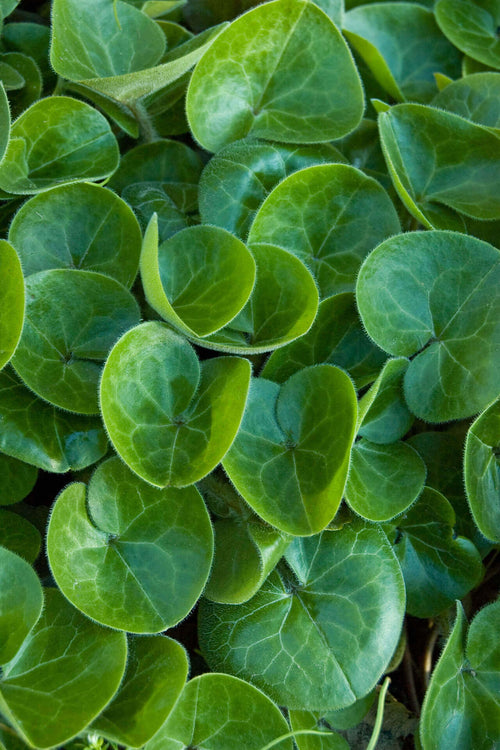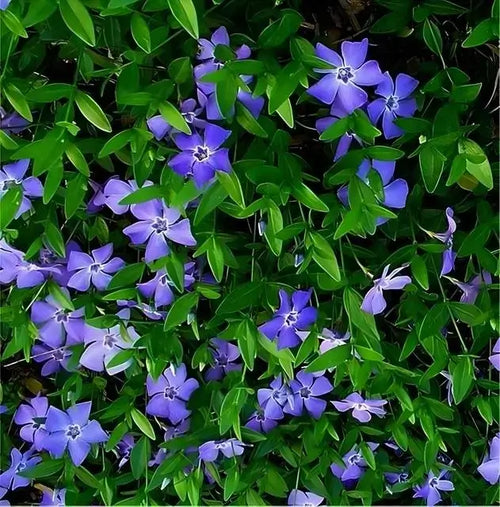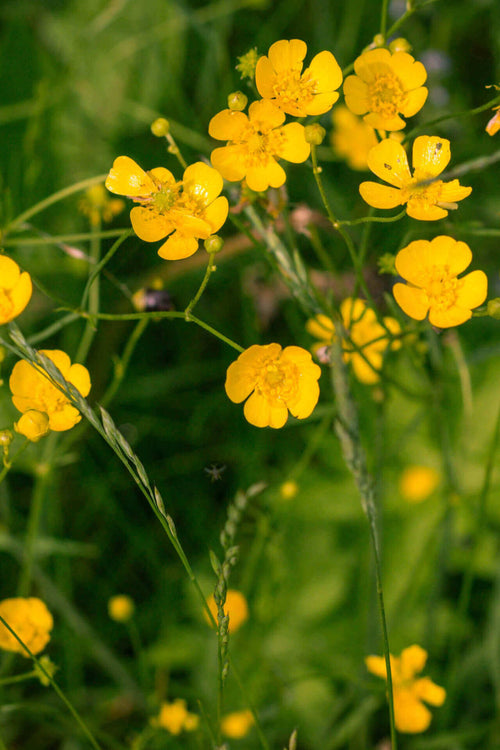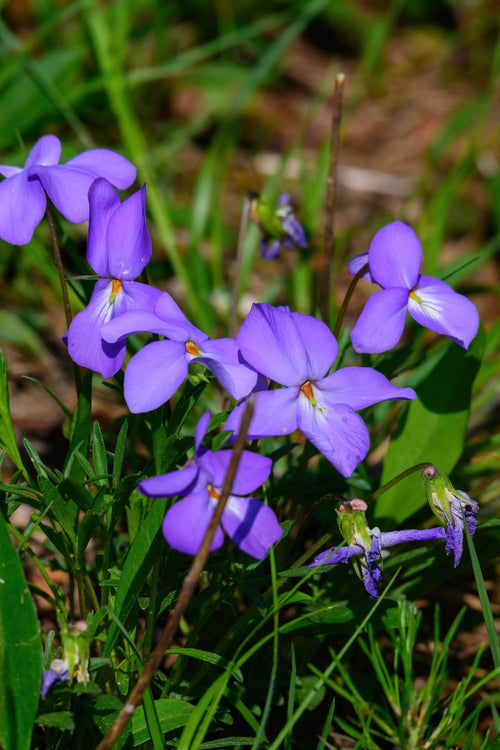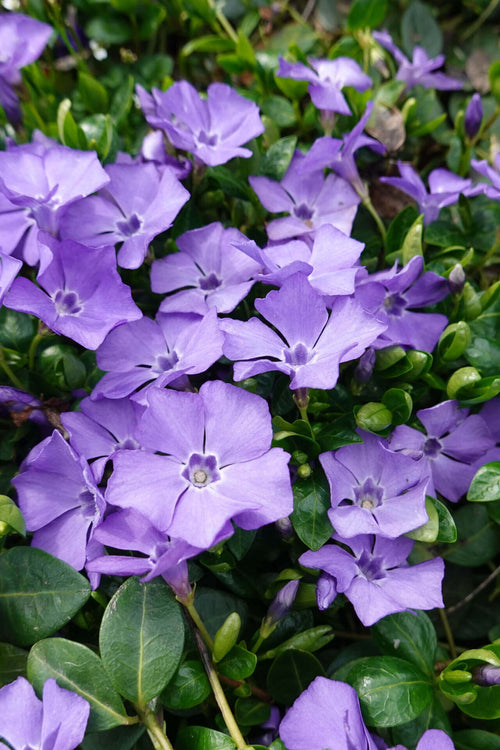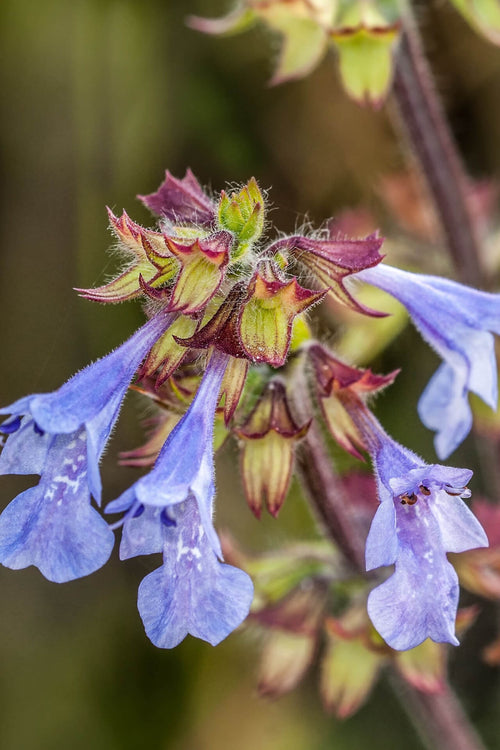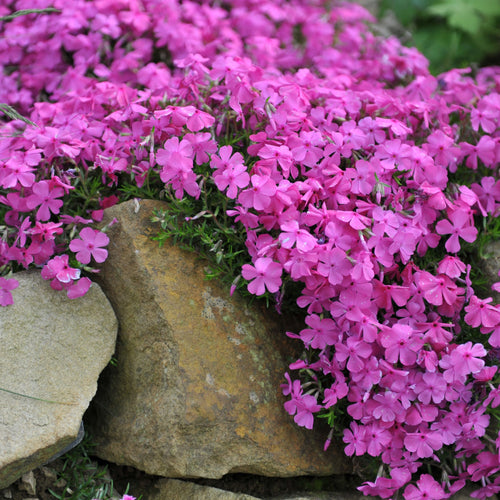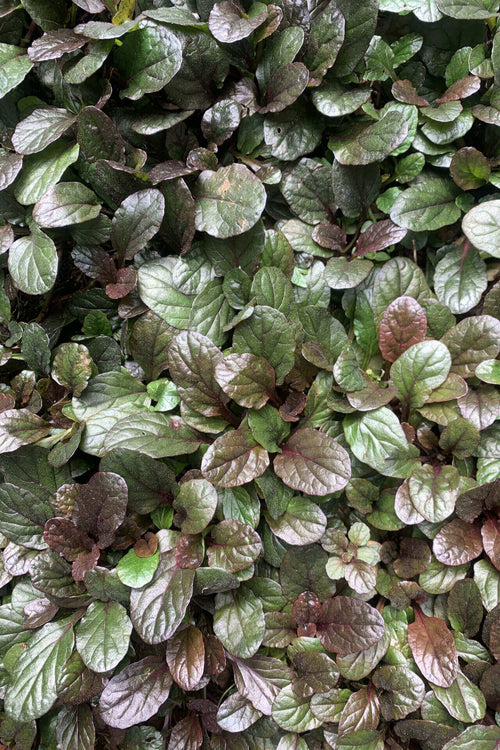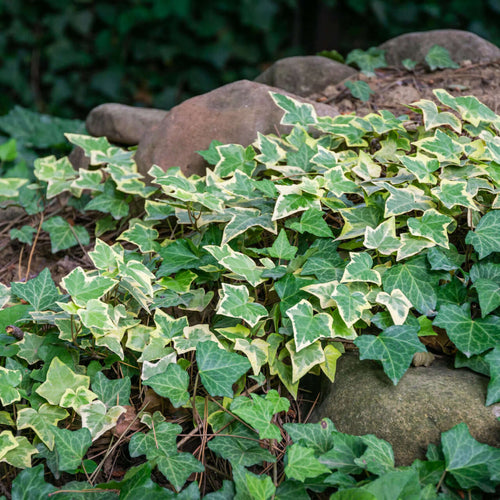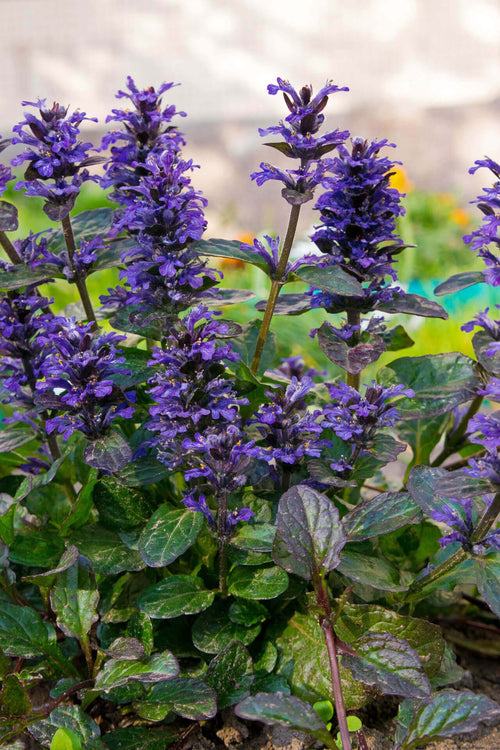Filters
Flowering vines are the perfect combination of aesthetically pleasing and ecologically efficient. They offer bright, delicate blooms during the growing season, as well as weed control/erosion control along sharp slopes or hillsides.
TN Nursery specializes in vines with flowers so you can bring a touch of elegance to the yard. We are proud to provide a variety of species that most box stores would classify as 'weeds.' Native plants are our specialty, no matter where you live in the US.
The Renaissance Of Flowering Vines
Vines with flowers were once the plant of choice for hundreds of gardeners looking to add color and texture to their yards. But in the last few decades, these plants have made a comeback - they are once again a popular choice for dressing up walls, fences, pergolas, and more.
Here's why thousands of American gardeners have fallen back in love with vines:
1. Vines with flowers offer a surprising pop of color. Since they also make for excellent shade plants, you can dress up your entertainment area with delicate blooms and trailing stems.
2. Vines with flowers easily outcompete weeds. Sick and tired of looking at plantains and clover? The right vine species will fill your space with color.
3. Vines with flowers are often native species. Planting the right cultivar adds more diversity and habitat to your yard.
Keep in mind we've just barely scratched the surface - there's so much more you can do with these vines. From erosion control to pollinator food, TN Nursery has a blooming vine to meet your project's needs.
Buy What Your Yard Is Begging For
Any backyard could use vines with flowers. The question is, which species should you pick?
To spark your imagination, consider one of our best-selling varieties:
Creeping phlox: Imagine a delicate carpet of pinkish-purple flowers growing around those hard-to-cover areas.
Sweet violet: Although it was once unfairly labeled a 'weed,' the sweet violet yields a beautiful flower (that also happens to make a delicious jelly!).
Wisteria: This vertical wonder is a fan favorite for fences and walls. You can't go wrong with its fragrant, purple blossoms, even with limited yearly maintenance.
Don't forget that all the above comes with TN Nursery's 100% guarantee.
A World Of Beauty Is Right At Your Fingertips With TN Nursery
You probably won't find many flowering vines at a box store, much less any native species. But the good news is, you can find dozens of vines at TN Nursery. Our family-owned business has spent three generations growing a variety of cultivars for virtually any backyard.

